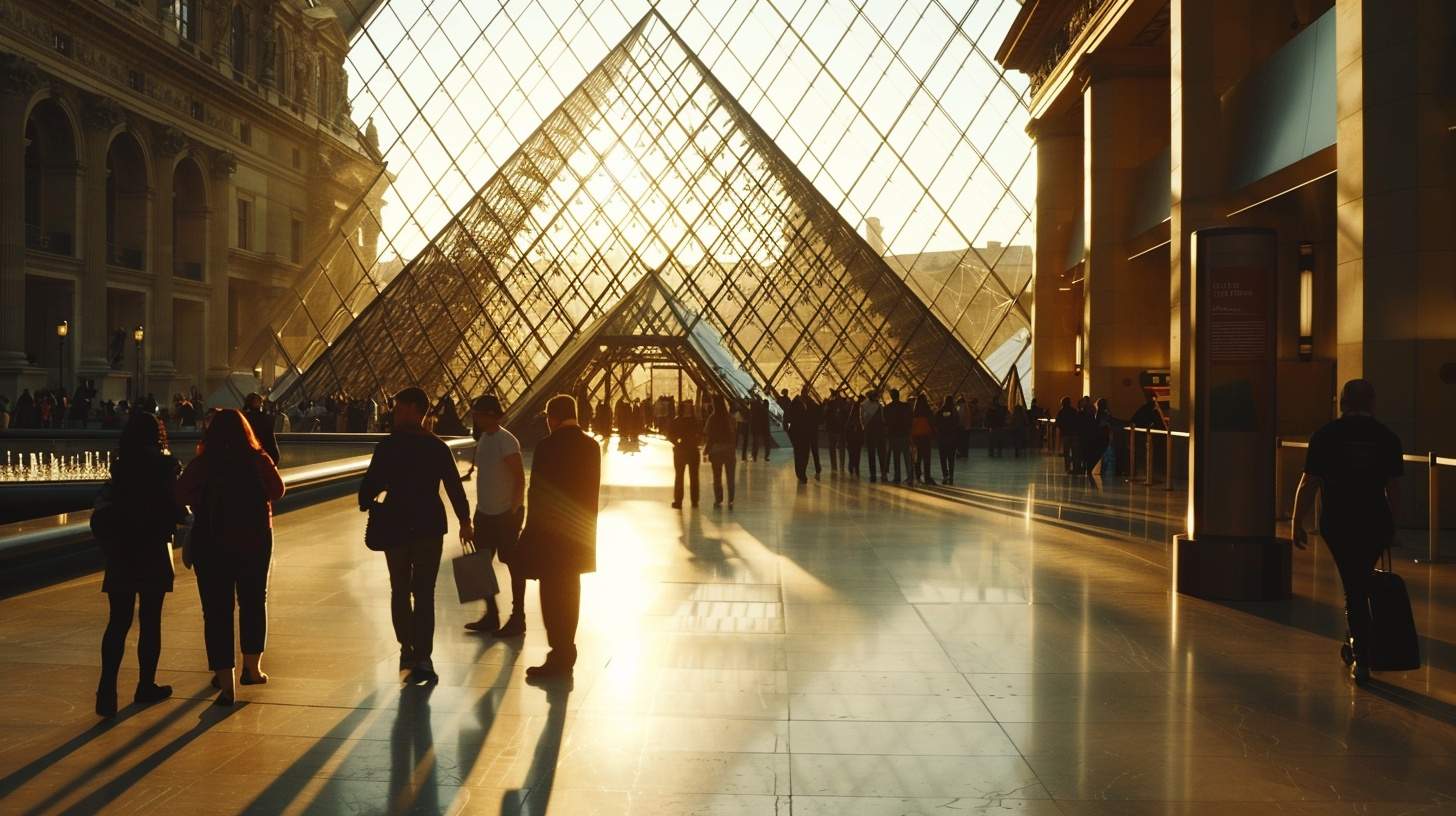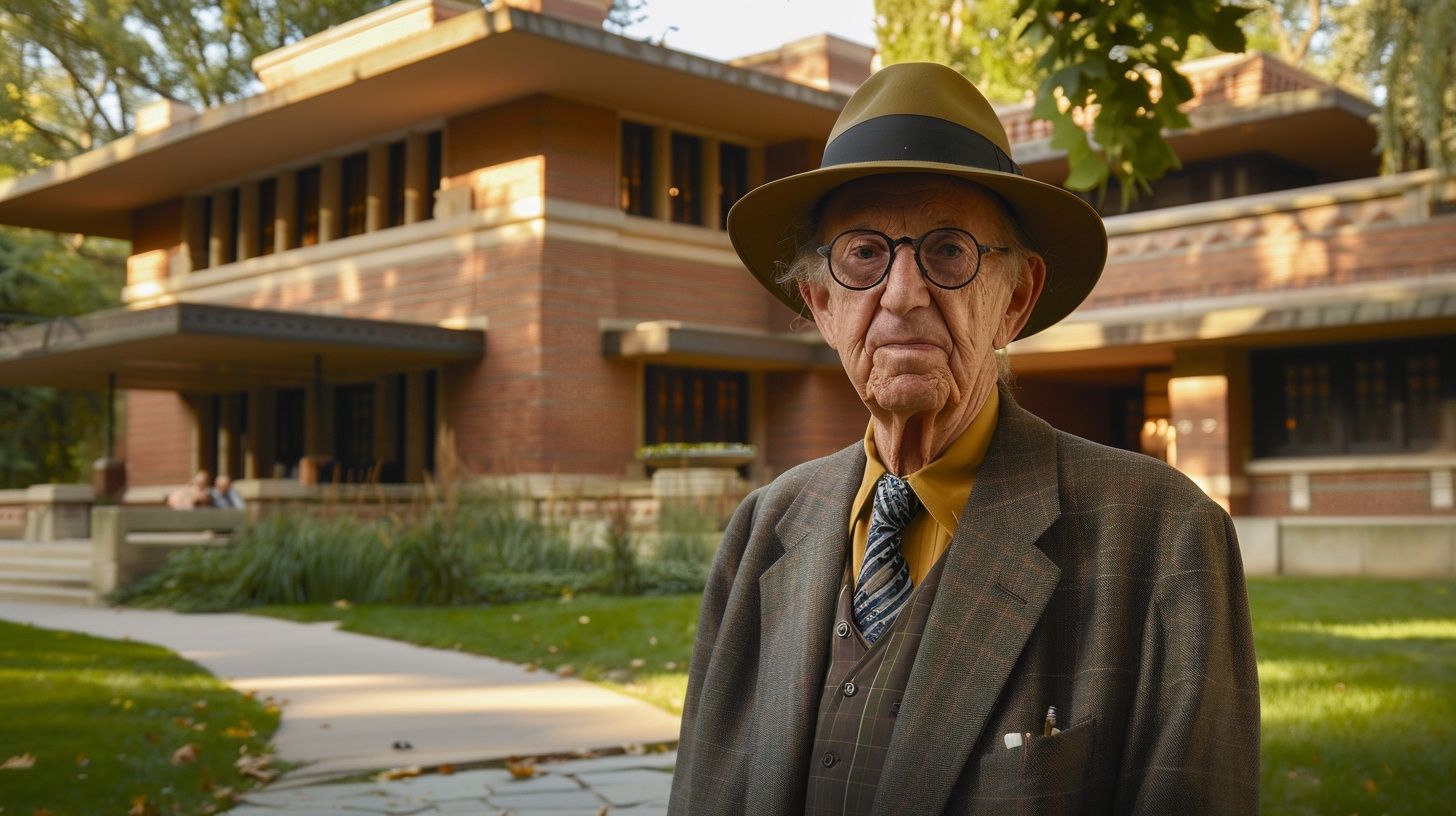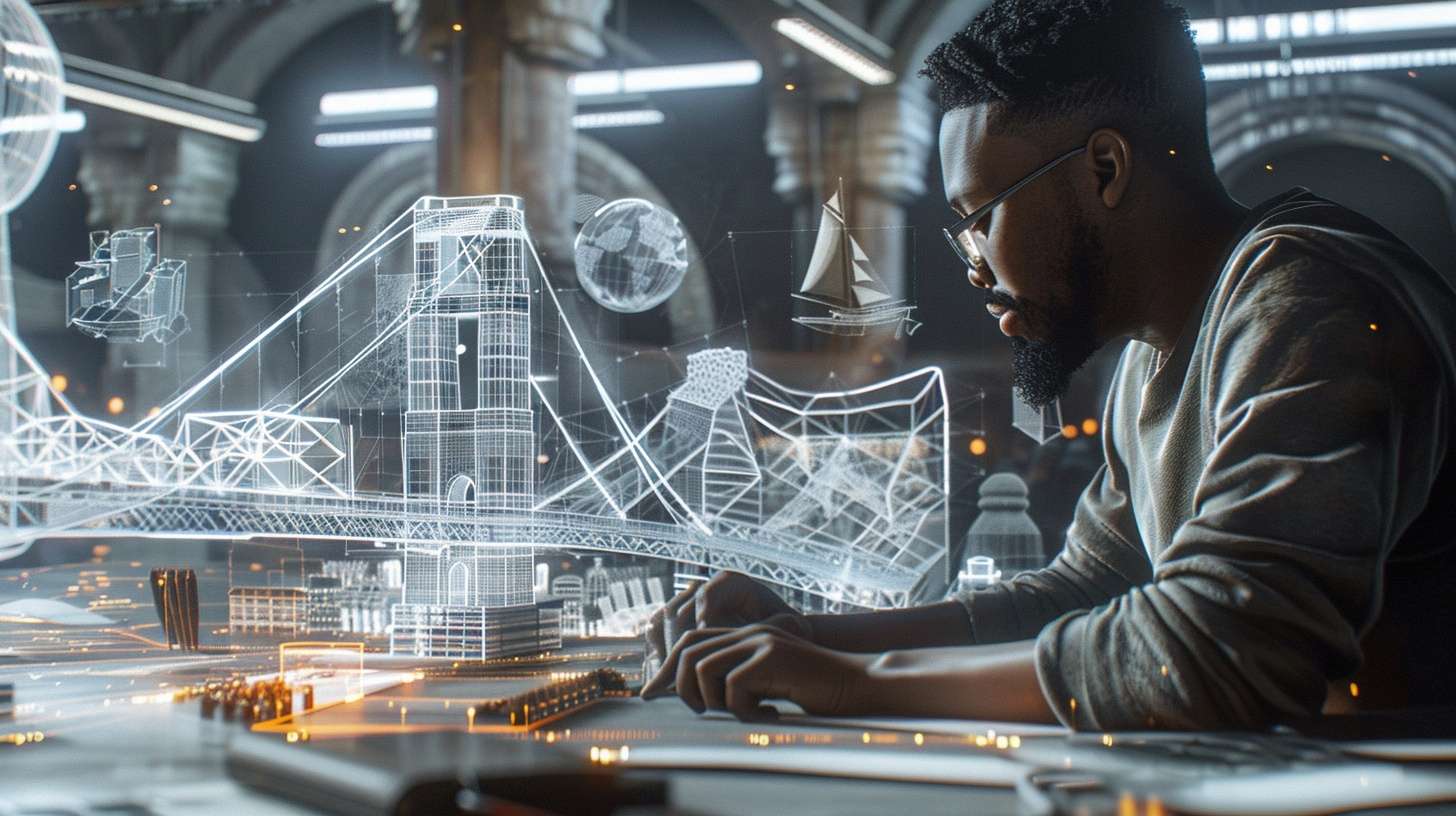
The Origins and Historical Context of Romanesque Architecture
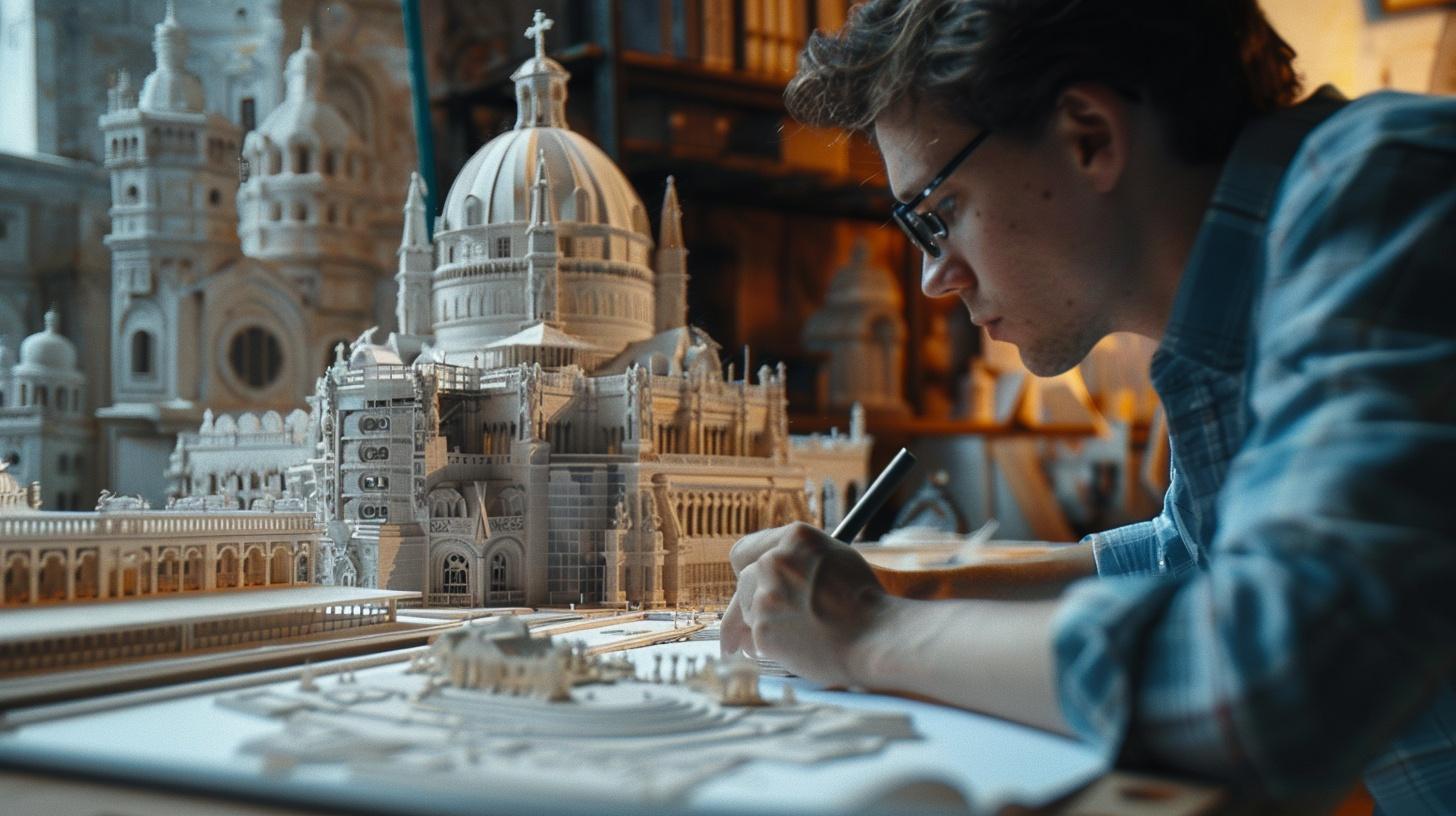
Picture this: you’re strolling through a quaint European town, and you stumble upon a church that looks like it’s been standing there since the dawn of time. Massive stone walls, rounded arches, and sturdy pillars – that’s Romanesque architecture in a nutshell. But where did this style come from, and how did it become so widespread?
Let’s take a trip back to the 11th and 12th centuries, when Romanesque architecture first emerged. It was a time of great change in Europe – the feudal system was in full swing, the Crusades were underway, and the Catholic Church was growing in power and influence. In this context, a new architectural style was born, one that would leave a lasting mark on the continent’s built environment.
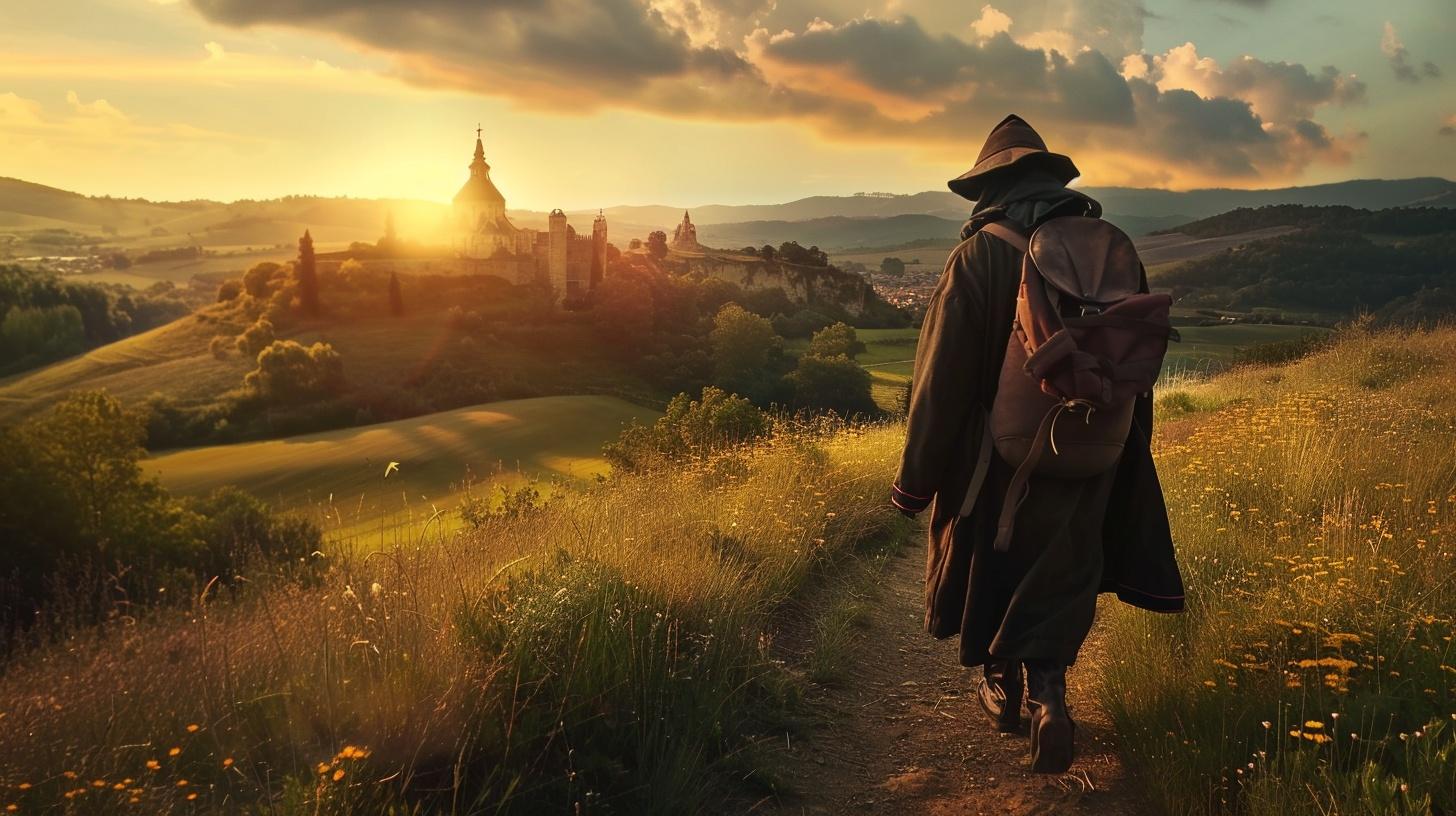
Ancient roots, local flavors
Romanesque architecture didn’t just appear out of nowhere – it had its roots in ancient Roman and Byzantine building traditions. But it also incorporated elements from local traditions, resulting in a familiar and new style. Imagine the excitement of medieval builders as they experimented with new forms and techniques, creating churches and castles that were unlike anything that had come before.
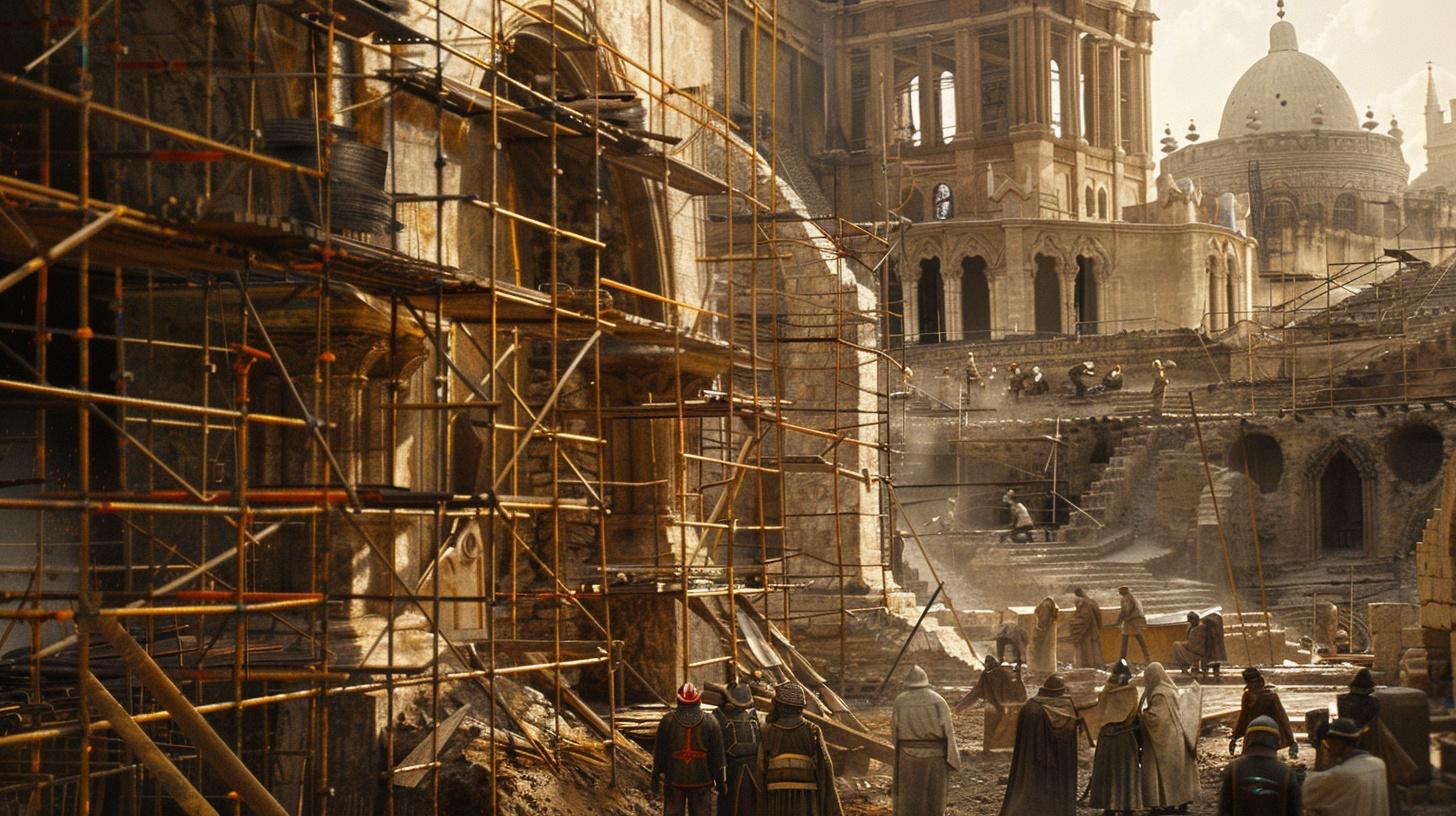
Romanesque Architecture Built To Last, Built To Impress
One of the most striking features of Romanesque architecture is its massiveness. Churches and castles of this period were built to last, with thick stone walls and sturdy foundations. But they were also built to impress – the sheer size and scale of these buildings was a testament to the power and wealth of the individuals and institutions that commissioned them.
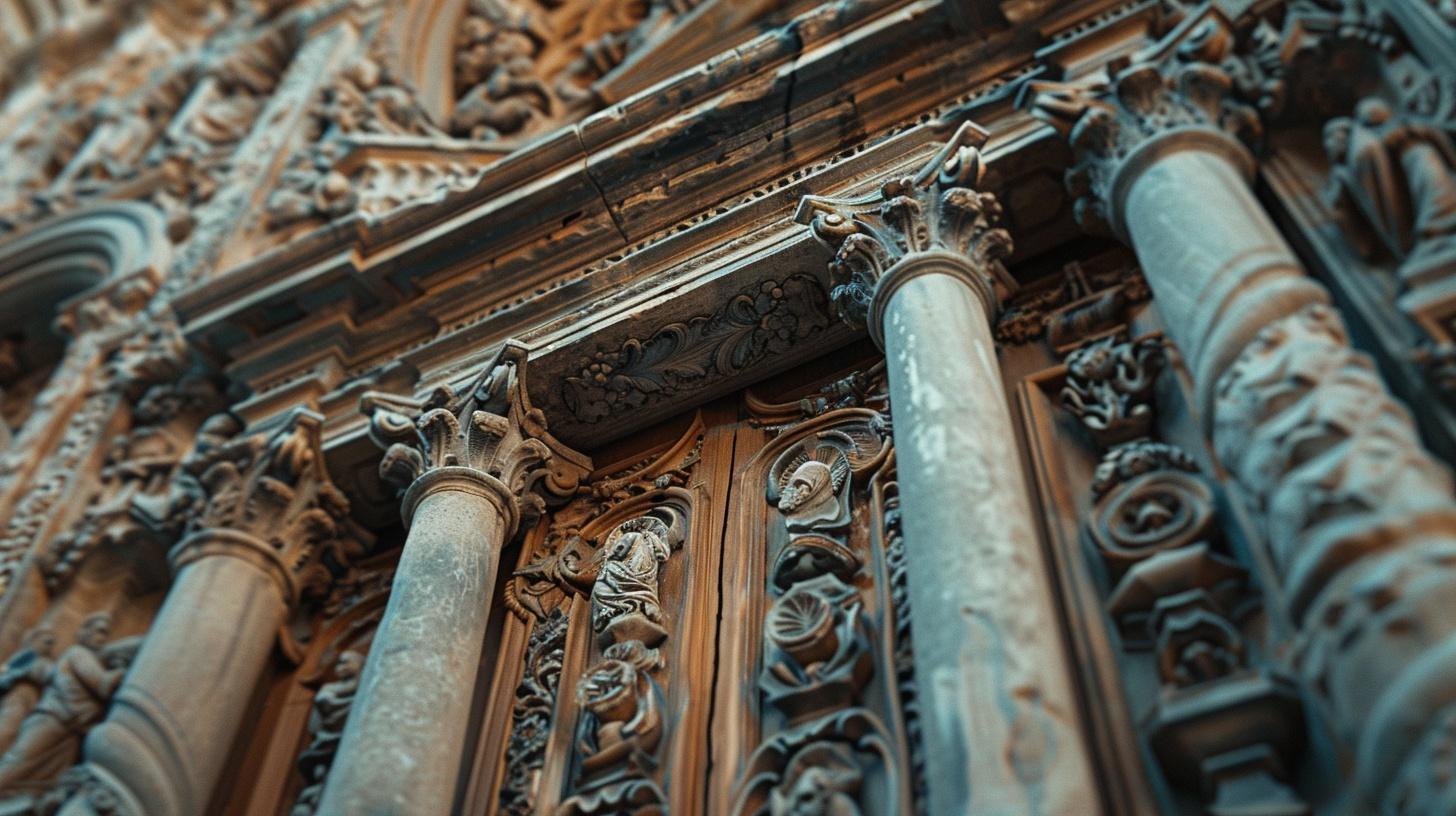
The rise of monasticism and pilgrimage
But Romanesque architecture wasn’t just about size and strength – it was also deeply tied to the religious and social context of the time. The 11th and 12th centuries saw a huge growth in monasticism, with new monastic orders like the Benedictines and Cistercians spreading across Europe. These monks were often skilled builders and craftsmen, and they played a key role in developing and spreading the Romanesque style.
Pilgrimage was another important factor in the growth of Romanesque architecture. As more and more people undertook long journeys to visit holy sites like Santiago de Compostela in Spain or Canterbury in England, there was a growing need for churches and other buildings that could accommodate large numbers of travelers. Many of the great Romanesque churches and cathedrals were built along pilgrimage routes, providing both spiritual and practical support for weary pilgrims.
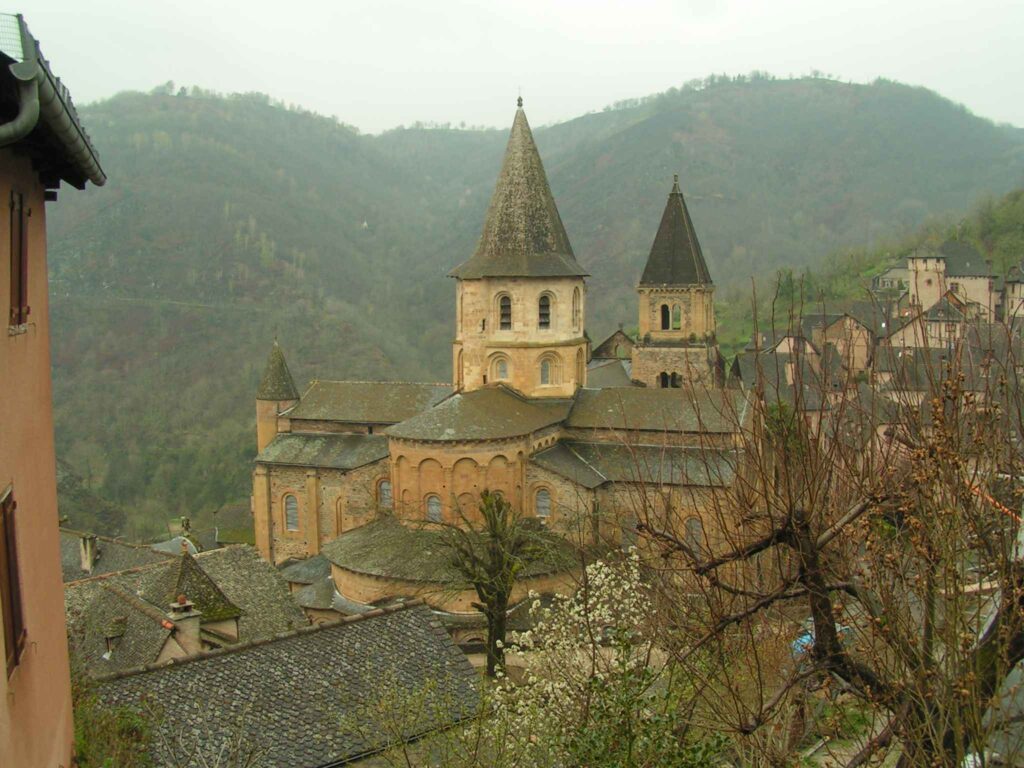
Regional variations and innovations
Despite its common features, Romanesque architecture was far from a one-size-fits-all style. As it spread across Europe, it developed distinct regional variations, reflecting the unique cultural, political, and geographical contexts of different areas.
In Italy, for example, Romanesque builders often incorporated elements of classical Roman architecture, such as columns and arches, into their designs. In Germany and central Europe, on the other hand, Romanesque churches often had a more fortress-like appearance, with thick walls and small windows that could withstand attacks from invaders.
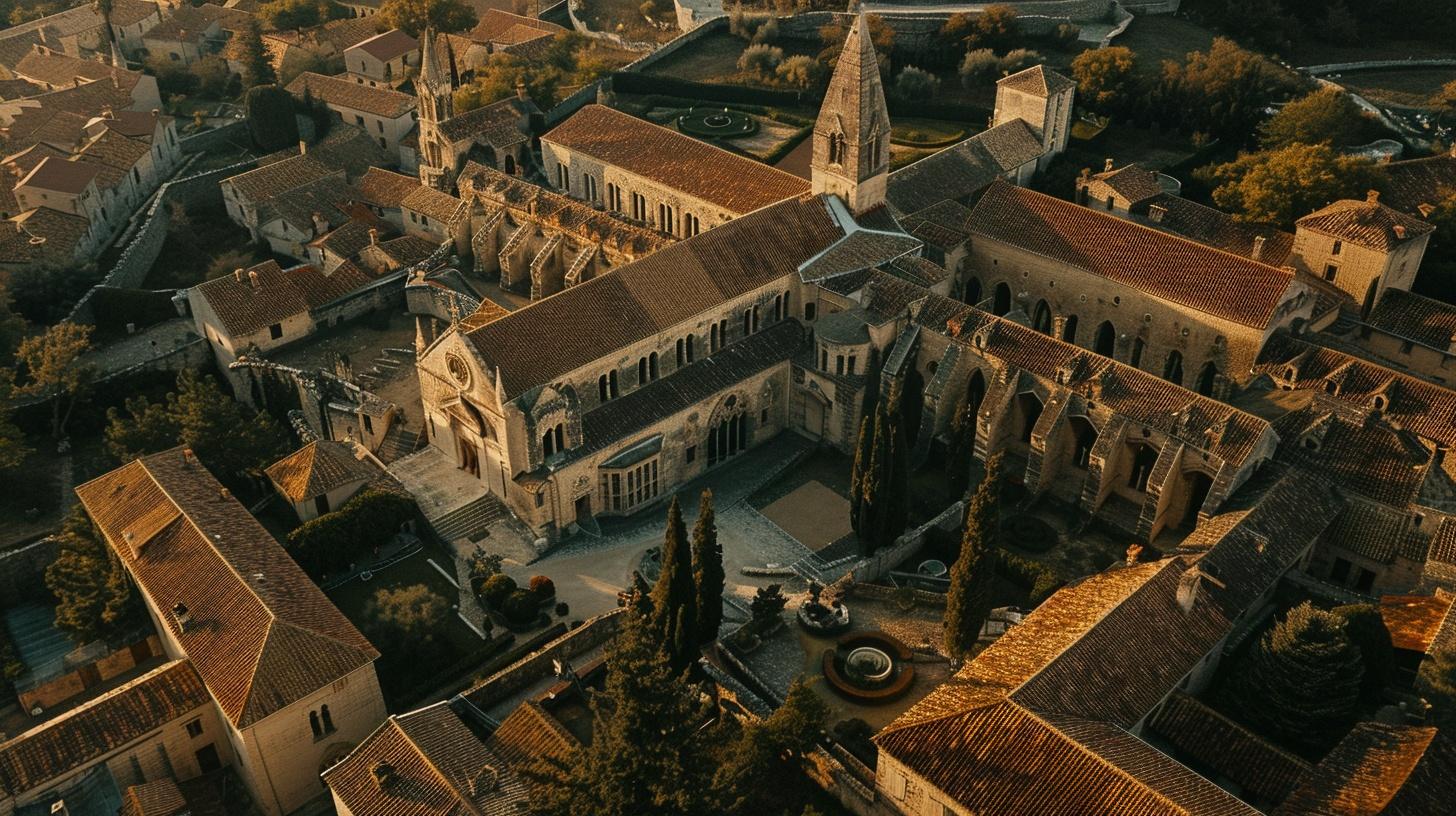
But Romanesque architecture was always evolving and innovating no matter where it appeared. From the development of ribbed vaulting to the use of increasingly complex decorative schemes, Romanesque builders were constantly pushing the boundaries of what was possible with stone and mortar.
The Legacy of Romanesque Architecture
As the 12th century drew to a close, a new architectural style began to emerge in Europe – the Gothic. With its pointed arches, ribbed vaults, and soaring spires, Gothic architecture represented a dramatic departure from the solid, earthbound forms of the Romanesque.
But even as Gothic architecture took hold, the influence of the Romanesque style remained strong. Many Gothic buildings, especially in their early stages, incorporated Romanesque elements like round arches and thick walls. And in some regions, like Italy and Germany, the Romanesque style continued to be used well into the 13th and 14th centuries, often blending with Gothic features in unique and fascinating ways.
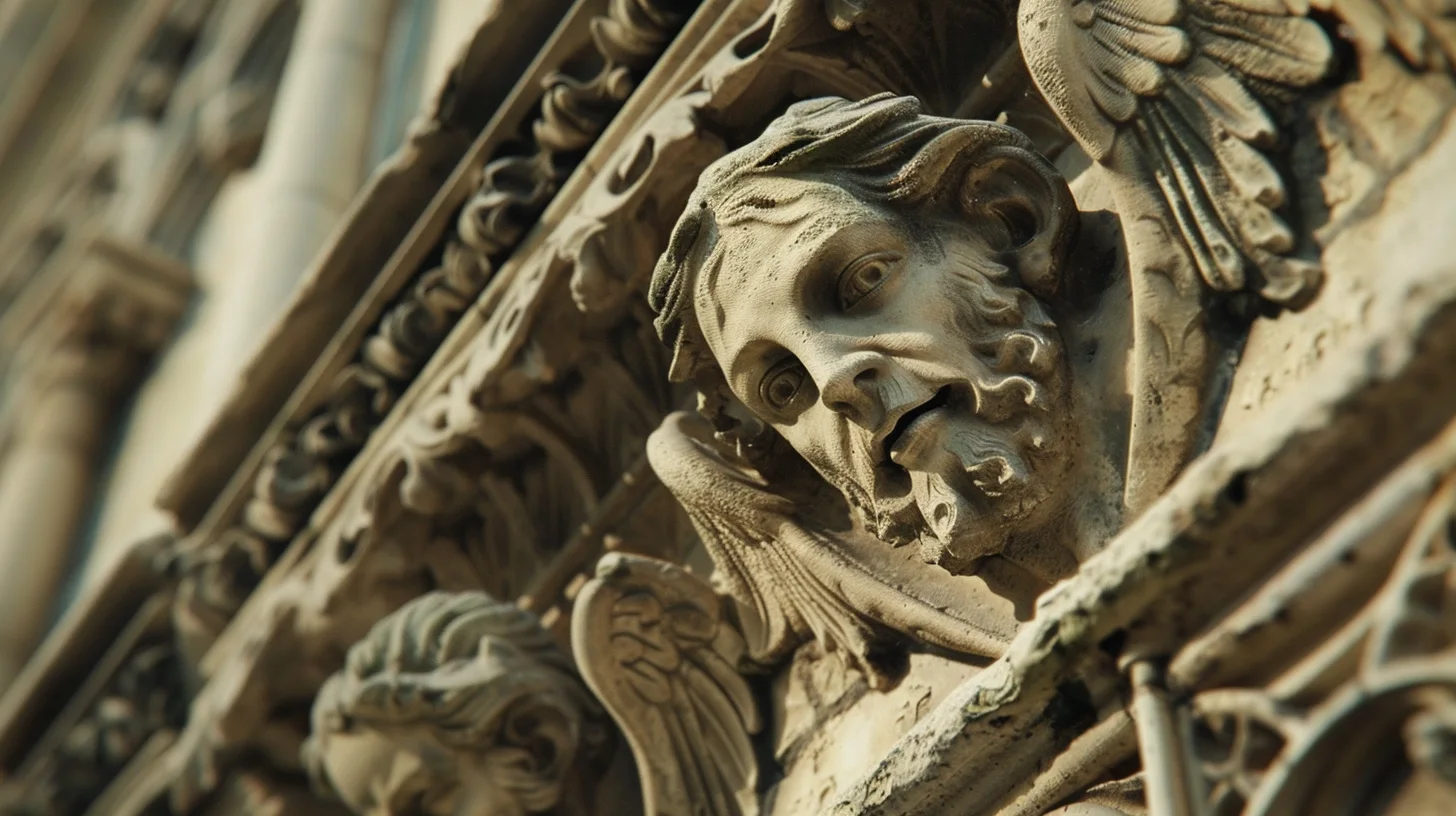
Beyond the Middle Ages
The influence of Romanesque architecture didn’t end with the Middle Ages. In the 19th and early 20th centuries, a new wave of architects and designers rediscovered the style, incorporating its forms and motifs into a wide range of buildings, from churches and universities to train stations and warehouses.
Today, Romanesque architecture continues to inspire and amaze us. Whether we’re marveling at the massive stone walls of a medieval castle or admiring the intricate carvings on a church portal, we can’t help but be drawn in by the raw power and beauty of this style.
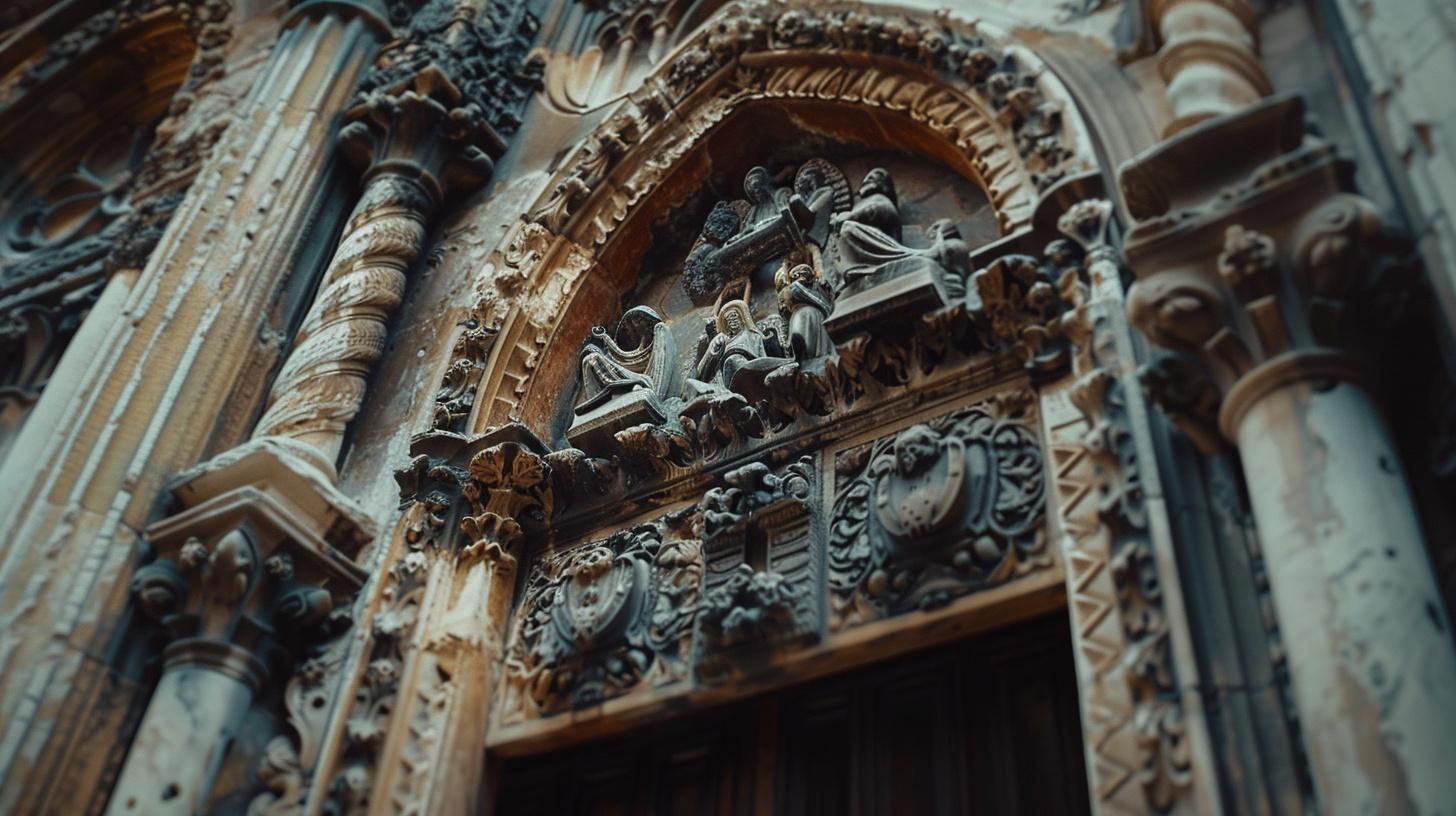
Your own Romanesque journey starts here
So what does all this mean for you? If you’re fascinated by the history and legacy of Romanesque architecture, there’s never been a better time to explore it for yourself. And if you’re thinking about incorporating Romanesque elements into your own building project, whether it’s a home renovation or a commercial development, there’s no better partner than Designs Boss.
At Designs Boss, we have years of experience working with clients to create stunning, functional spaces that draw on the rich history of architectural styles like Romanesque. From initial concept to final construction, we’ll work with you every step of the way to bring your vision to life. Talk to us!!!

